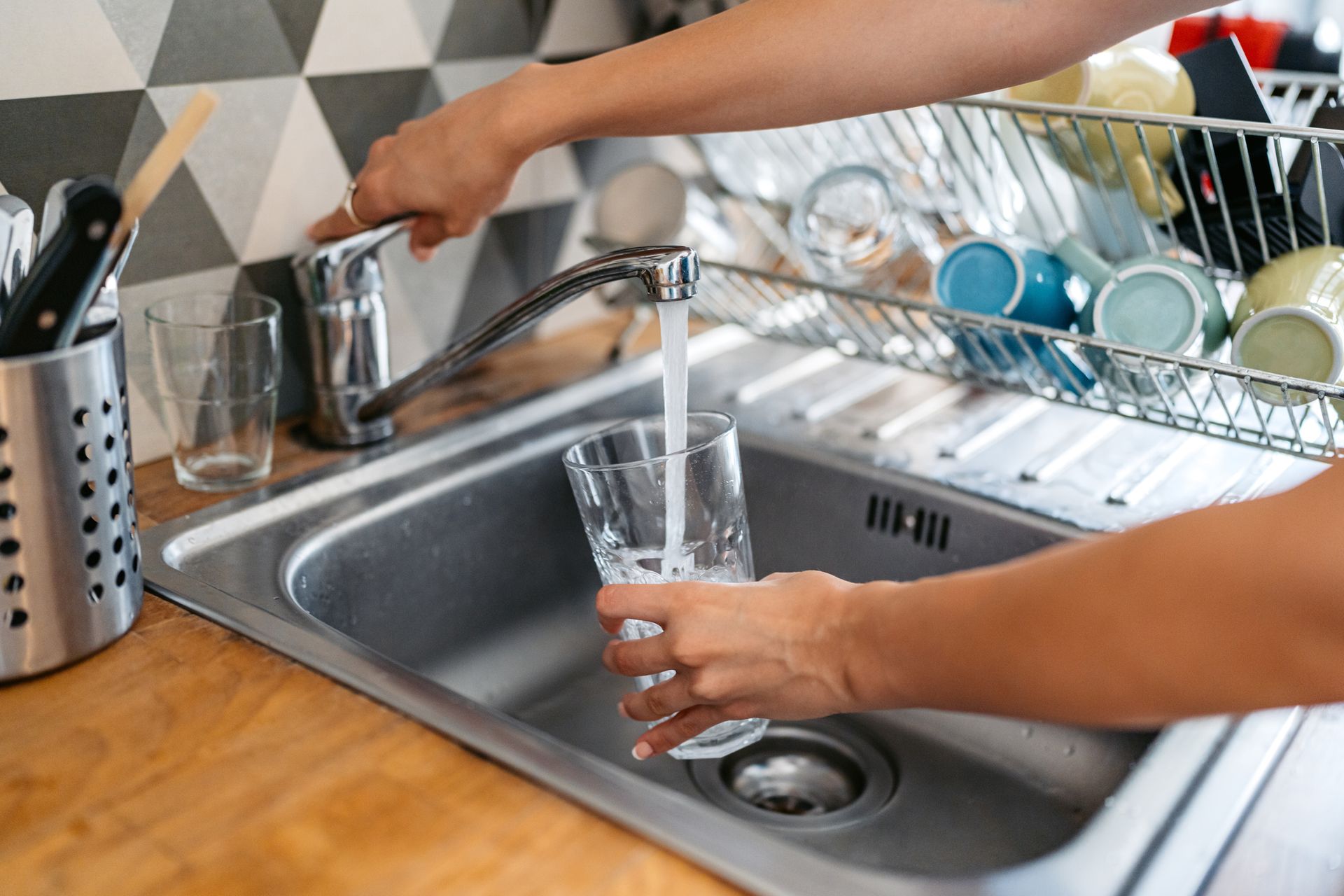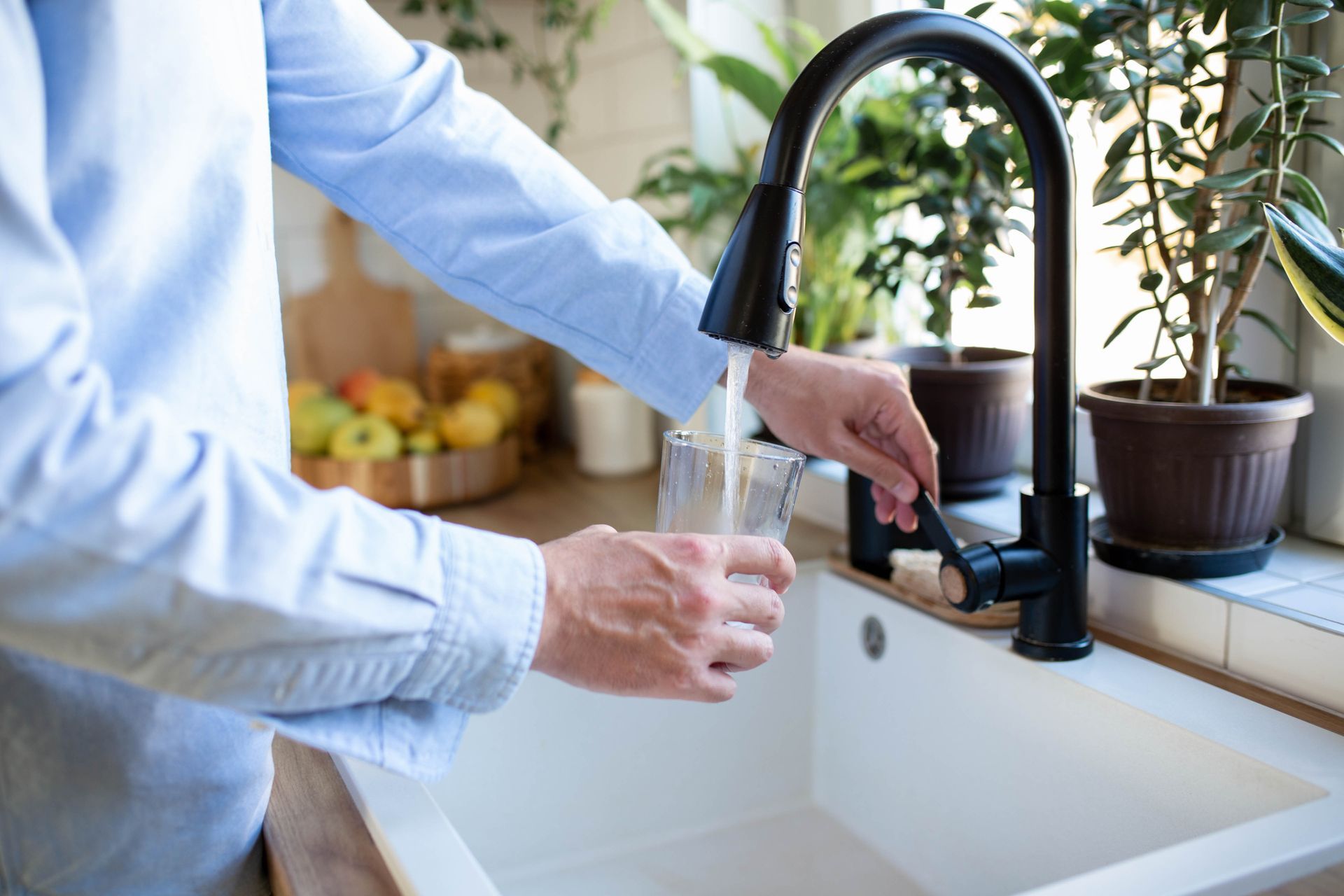Understanding Your Water Well System: Essential Components and Care
A water well system provides a reliable home water supply by tapping into underground resources. Understanding how it works and how to maintain it is crucial. This article covers essential maintenance tips and common issues to help keep your system running smoothly.
Key Takeaways
- Understanding the key components of a water well system, such as pumps and pressure tanks, is essential for effective maintenance.
- Regular inspections and water quality testing are crucial for preventing issues and ensuring a safe water supply.
- Wragg Brothers Well Drilling offers expert services in well installation, maintenance, and water conditioning to enhance system efficiency.
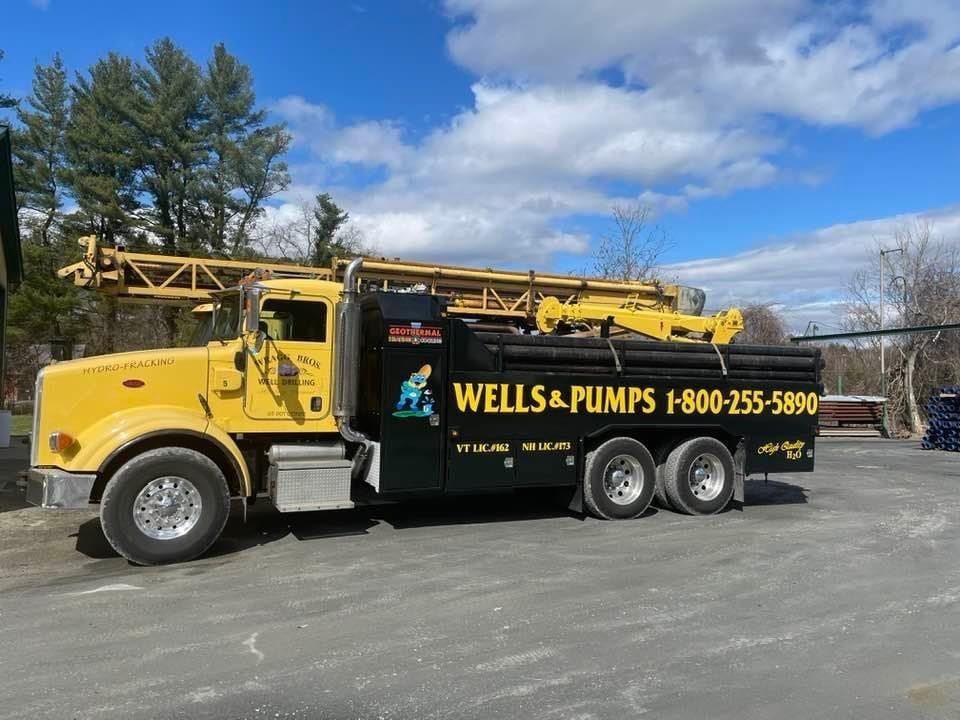
Understanding Water Well Systems
Water wells provide a vital resource for many homeowners, especially those without access to municipal water sources. The primary purpose of a water well system is to tap into underground water resources and deliver them efficiently to your home. This ensures that you have a consistent and reliable water supply for drinking, cooking, and other household needs.
A significant advantage of a residential well water system is the control over water quality and pressure. Unlike municipal systems prone to widespread issues, private wells enable homeowners to manage their water supply to meet specific needs. This independence is crucial for those in rural areas or regions with limited public water access.
Every well water system relies on critical components like pumps and pressure tanks working together to deliver water from underground aquifers to your home. Knowing these components and their functions is vital for effective maintenance and troubleshooting, which will be covered next.
Key Components of a Water Well System
A well water system is a sophisticated assembly of parts designed to extract, store, and deliver water from underground sources. Typically, a water well system includes components such as water systems, well casing, well screens, pumps, pressure tanks, and pitless adapters. Each component plays a crucial role in maintaining a steady water supply.
Familiarity with these components is crucial for efficient power system operation.
Well Casing
The well casing is one of the most critical components of a water well system. Its primary function is to protect the well from collapsing and keep contaminants out of the water supply. Made from materials like plastic, carbon steel, or stainless steel, the well casing also helps support the structure of the well.
This is especially important for drilled wells, which require sturdy casing to prevent surface water contaminants and prevents water from entering the water.
Well Screen
Positioned at the bottom of the well casing, the well screen serves as a crucial barrier, filtering out sediment and larger particles, including debris, to ensure clean water enters the system. The screen’s mesh size is carefully designed to allow water to flow freely while blocking contaminants.
Installing a well screen correctly ensures long-term water quality and system efficiency.
Submersible Pump vs. Jet Pump
When it comes to choosing a pump for your well, you have two main options: submersible pumps and jet pumps. Submersible pumps are highly versatile and can be used in various types of wells, making them a popular choice for many homeowners. These pumps are installed underwater and push water up through the pipe to the pressure tank. One of the primary advantages of submersible pumps is their longevity, often lasting up to 25 years with minimal issues.
Jet pumps, on the other hand, are typically used for shallow wells with a maximum depth of 25 feet. Their characteristics include:
- Drawing water via suction using impellers
- Usually being installed above ground
- Requiring more frequent maintenance compared to submersible pumps While they are an excellent option for certain applications, well pumps require more frequent maintenance compared to submersible pumps and water pump systems.
Pressure Tank
The pressure tank maintains consistent water pressure within your home’s plumbing system by storing water in a storage tank and regulating pressure, which reduces pump cycles and minimizes wear and tear.
Pressure tanks typically operate within a range of 40 to 60 psi, ensuring a steady flow of water to your faucet.
Pitless Adapter
A pitless adapter is a crucial component that connects the water line below the frost line, preventing the water supply from freezing during cold months. This ensures that your well system remains functional year-round with a frost proof seal.
Installing a pitless adapter is especially important in regions like south carolina with harsh winters, as it helps maintain a reliable water supply.
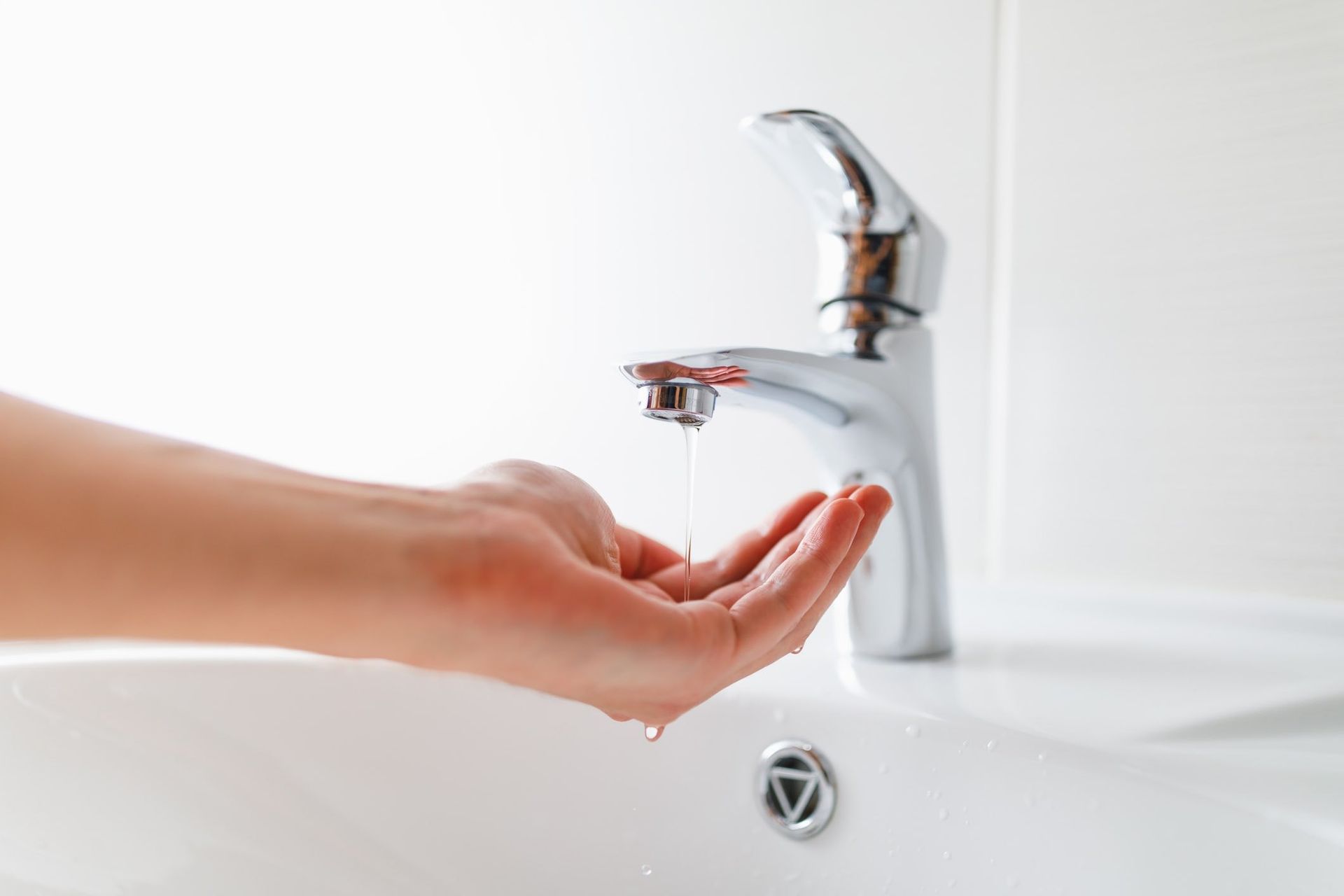
Common Water Well System Issues
Even with the best maintenance practices, water well systems can still encounter issues. Common problems include frequent pump cycling, loss of water pressure, and contaminated water. Identifying these issues early can prevent more severe damage and ensure a reliable water supply for your home.
Frequent Pump Cycling
Frequent pump cycling can significantly increase electricity usage and lead to premature pump failure. This issue is often caused by a malfunctioning pressure switch or a waterlogged pressure tank. When a pressure tank loses its air charge, it cannot maintain steady water pressure, resulting in more frequent cycling and higher energy costs.
Loss of Water Pressure
A sudden drop in water pressure can be alarming and may indicate problems with the well pump or pressure tank. Waterlogging in the pressure tank is a common culprit, as it leads to fluctuating water pressure and increased energy usage. Additionally, pressure drops can contribute to these issues.
Addressing these issues promptly can help restore normal water pressure and prevent further damage to the system.
Contaminated Water
Contaminated water is a serious issue that can affect the health and safety of your house. Signs of contamination include unusual tastes or odors in the water, which may indicate the presence of bacteria or other harmful substances.
Regular water quality testing helps detect and address any contaminants in your well water system.
Diagnosing and Solving Water Well Problems
When issues arise with your water well system, diagnosing the problem is the first step towards a solution. Sudden drops in water pressure, frequent pump cycling, and unusual noises are all indicators that something may be wrong.
Following a systematic diagnostic approach can help you determine and resolve these issues effectively.
Checking the Pressure Switch
The pressure switch controls the operation of the well pump, ensuring it turns on and off at the correct pressure levels. Inspecting the pressure switch for physical damage, rust, or corrosion is essential. Tight electrical connections and proper continuity checks with a multimeter can help ensure the switch functions correctly.
Inspecting the Pressure Tank
Waterlogging is a common issue with pressure tanks, where excessive water and insufficient air pressure disrupt normal operation. Observe the check valve to check for waterlogging; water discharge signals a problem.
Routine inspections help maintain system efficiency and prevent frequent pump cycling.
Evaluating the Well Pump
A well pump that runs continuously without shutting off may have a malfunction. Common indicators of a failing well pump include irregular electrical performance and unusual noises during operation, which could also be linked to the pump motor. If the pump shuts, it may indicate a more serious issue.
Regular assessments and testing every three to four years can identify issues before they escalate to complete failure.
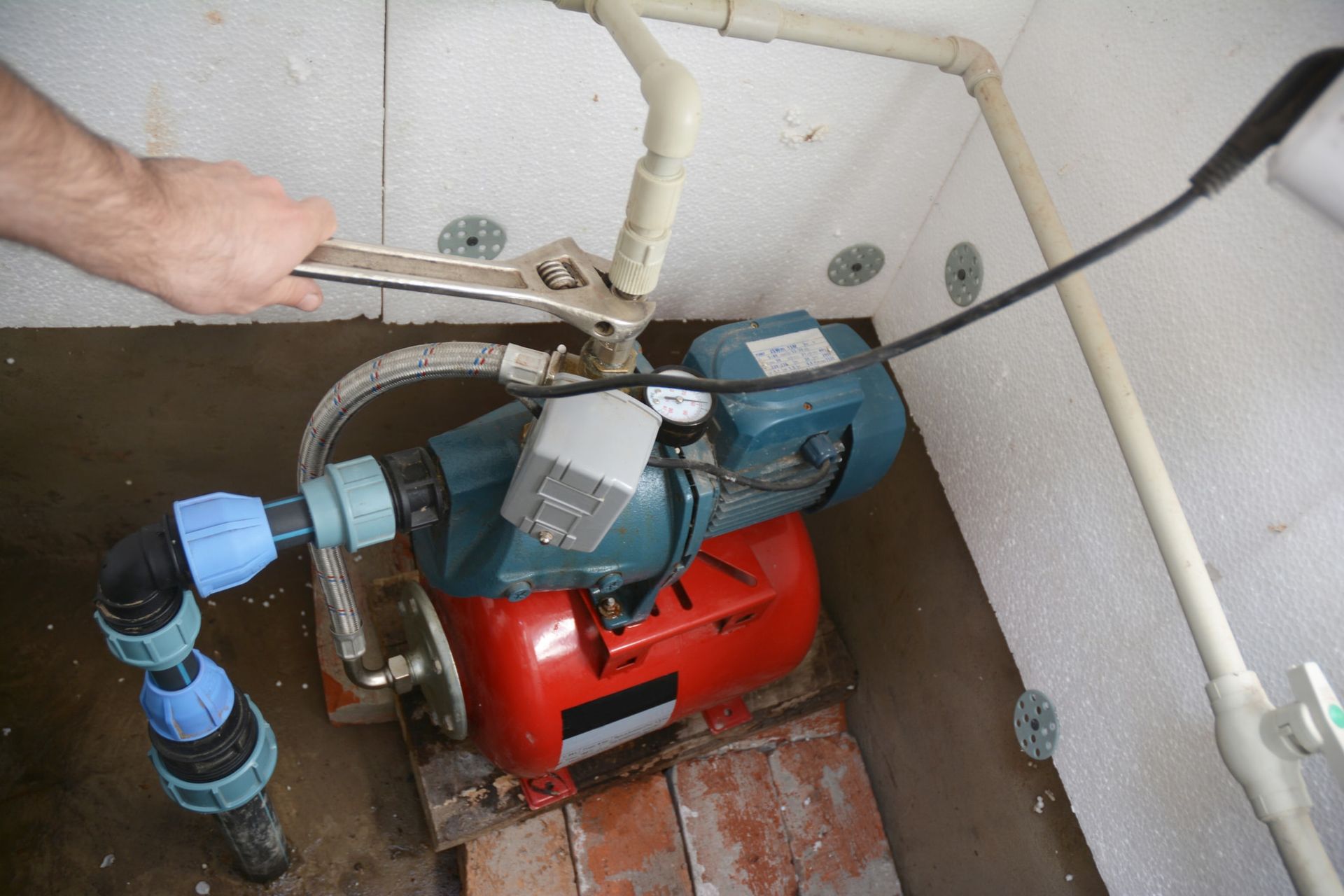
Maintenance Tips for Water Well Systems
Regular maintenance is key to preventing common issues and extending the life of your well water system. Proactive maintenance prevents sudden system failures and ensures a reliable water supply.
Here are some essential maintenance tips to keep your system running smoothly.
Regular Inspections
Annual inspections are crucial for monitoring the well’s operation and longevity. Homeowners should visually inspect their well system at least twice a year to catch potential issues early and prevent them from escalating.
Water Quality Testing
Regular water quality testing ensures your well water remains safe for consumption. Annual testing for contaminants, especially after significant environmental changes, helps detect emerging issues and maintain water safety.
Seasonal Maintenance
Seasonal checks, like preparing the system for winter, prevent damage from freezing temperatures. Winterizing involves insulating pipes and ensuring proper drainage around the well.
These steps can help maintain a reliable water supply throughout the year.
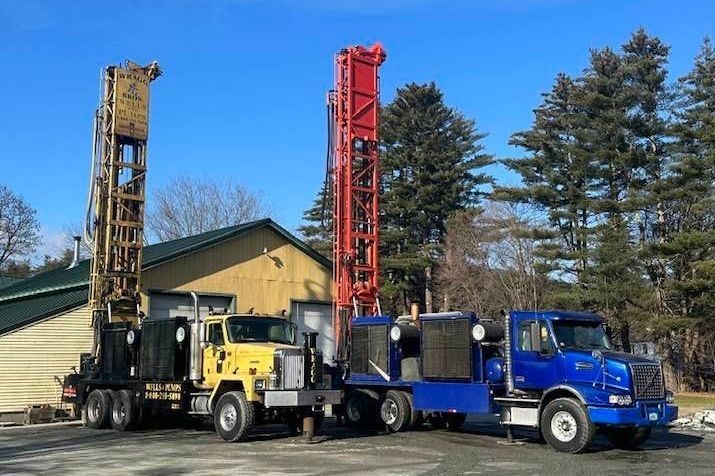
Professional Services by Wragg Brothers Well Drilling
Wragg Brothers Well Drilling has been serving customers since 1956, offering reliable well drilling and water treatment solutions across Vermont, New Hampshire, and Massachusetts. Their services include:
- Well installation
- Maintenance
- Repair
- Water conditioning These services ensure your well system operates efficiently.
How to Improve Water Quality in Your Well
Enhancing water quality in your well ensures safe drinking water and overall system efficiency. Wragg Brothers provides:
- Water conditioning services to remove undesirable minerals
- Water softeners for hard water
- Specialty filtration equipment to address issues like iron, sulfur, and arsenic.
The Benefits of Geothermal Systems
Geothermal systems offered by Wragg Brothers have several benefits:
- They are environmentally friendly and can reduce carbon emissions by up to 85% compared to traditional heating methods.
- They have a lifespan exceeding 50 years.
- They require minimal maintenance, making them a long-term investment for homeowners.
Why Choose Wragg Brothers Well Drilling
With over 65 years of experience, Wragg Brothers Well Drilling has built a reputation for reliability in the water well industry. They offer a broad range of services tailored to residential, commercial, and municipal needs, ensuring efficient water access through advanced drilling techniques.
Contact Wragg Brothers Well Drilling for a Consultation
For reliable well services, contact Wragg Brothers Well Drilling at 800-255-5890 or email them at office@wraggbrothers.com. With a focus on customer satisfaction and expert service, Wragg Brothers is your go-to provider for all well-related needs.
Summary
Maintaining your water well system is crucial for ensuring a reliable and safe water supply. From understanding key components to diagnosing and solving common issues, proactive maintenance is key. Trust Wragg Brothers Well Drilling for expert services and solutions to keep your well system running smoothly.
Frequently Asked Questions
What service does Wragg Brothers provide to eliminate bacteria in well water?
Wragg Brothers offers well water shocking services to effectively eliminate bacteria and ensure your drinking water is safe.
Where is Wragg Brothers Well Drilling located?
You can find Wragg Brothers Well Drilling at 5285 Route 5, Ascutney, VT 05030.
What geothermal service does Wragg Brothers offer?
Wragg Brothers provides geothermal systems designed to help you save on your heating and cooling costs. It's a practical way to make your home more energy-efficient!
How long has Wragg Brothers Well Drilling been in business?
Wragg Brothers Well Drilling has been in business for over 65 years. That's quite the legacy!
What can be done to improve the quality of well water according to Wragg Brothers?
To improve the quality of well water, consider using water conditioning systems to effectively remove unwanted minerals. It's a great way to ensure your water tastes better and is safer to use.

